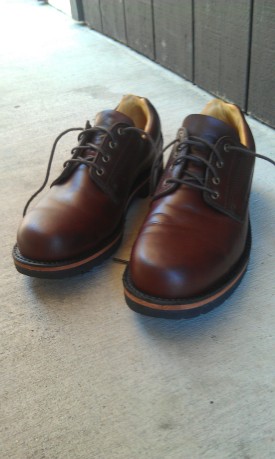I had 4 goals for Oten (the year 2010), recorded here. My goals were broken into four compartments: learning about electricity, qualifying for the Boston Marathon, setting a budget, and reading 4 big books.
I’m not sure what my impetus for these goals was. However, I know my driving force lately has been to feel more human: that is developing skills and knowledge, over just experience. Maybe I had a Jonathan Livingston Seagull moment.
Electricity
I’d like to think my interests here are that electricity is becoming less of a want and more of a need. So I think now, while electricity is relatively cheap is a good time to learn about it*. Also, buying simple mechanic devices without electronic controls is becoming a novelty, thereby increasing my desires all the more.
My biggest efforts here were getting Technician and General Ham radio certifications. I made it about halfway through studying for Extra Class before I let life get in the way. I really enjoyed studying for these tests, as it provided a refresher and practical application in electronics.
On the practical scene, I learned how to solder. I replaced the original wire nuts in my aquarium light switch with soldered connections. No big deal, if you can draw you can solder.
Overall, I’m pleased with my progress, but I admit it lacks anything with depth or creativity.
*Somewhat related, here’s a neat Doomsday prediction gone wrong article.
Boston Qualifier
Here my goal had a slightly more than ego-basis. This year I found that one gets a much more solid understanding after trying to implement what he learns; that is practical experience is as valuable as theoretical.
I failed in the end result, but I think I became a much more knowledgeable runner this year. In terms of end results, I did PR in the 5k and half-marathon. I’m happy with my efforts and learning. My favorite running book this year that helped increase my knowledge just as much as it helped my motivation is George Sheehan’s Running to Win. (Terrible title, but very practical information.)
I won’t be trying for a BQ any time soon, but I don’t plan to put this goal to bed forever.
Budgeting
Serendipitously, I read Your Money or Your Life soon after making this goal. I think this book creates a logical framework to ensure that you’re in a good feedback loop with one’s spending: that is not too much or too little, but a nice Goldilocks amount to ensure efficiency yet maintain personal growth.
4 Big Books
This past year I reclaimed my lost interest in reading making this goal a walk in the park. If you’re keeping track, four books I would consider big (classics or dense textbook-like) that I read are:
I ranked them in my personal liking. So, I got that going for me, which is nice. As in the introduction to this, my goals going forward are still to acquire more skills.
Perhaps without as much structure in the goals though . . .








